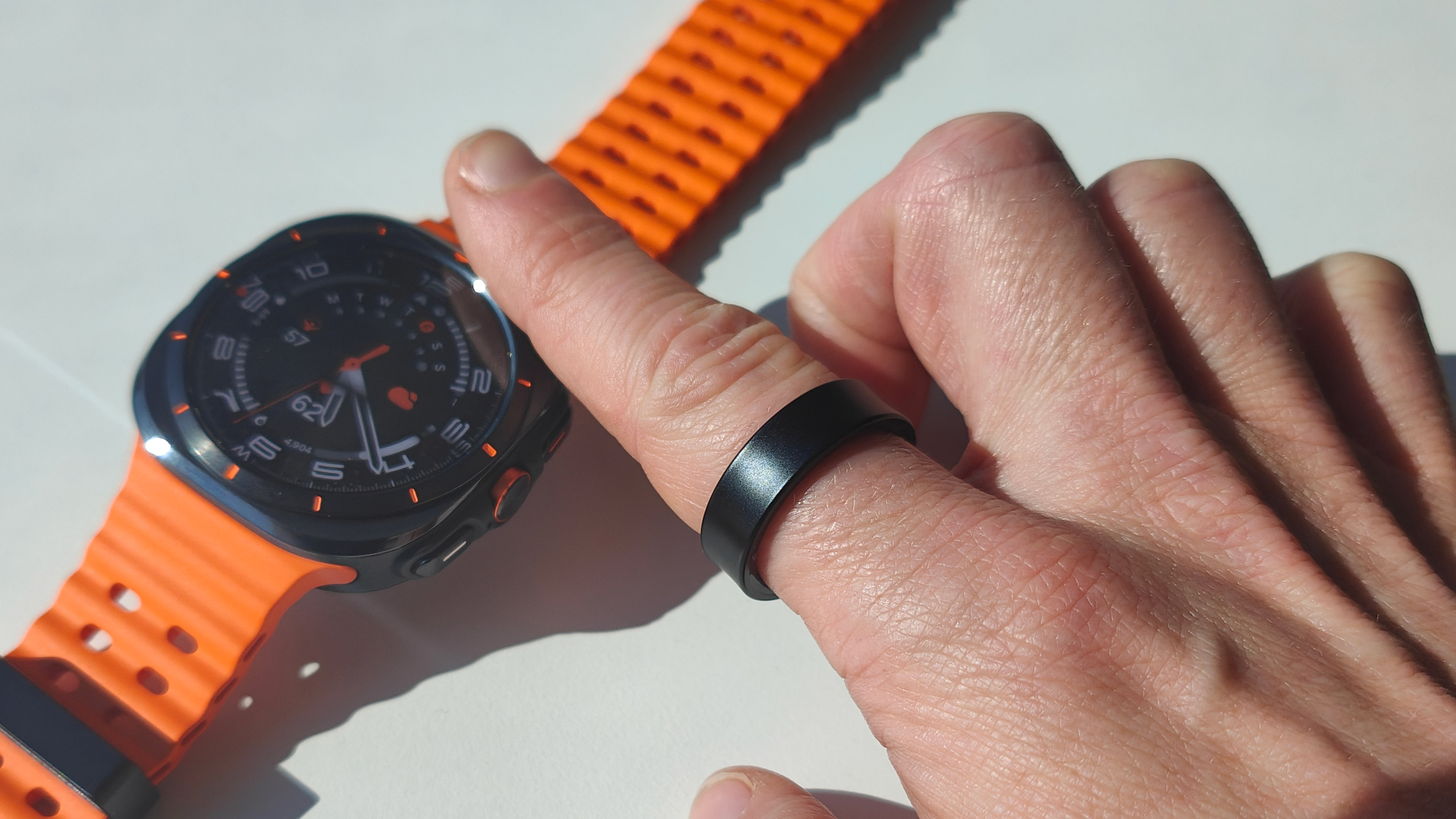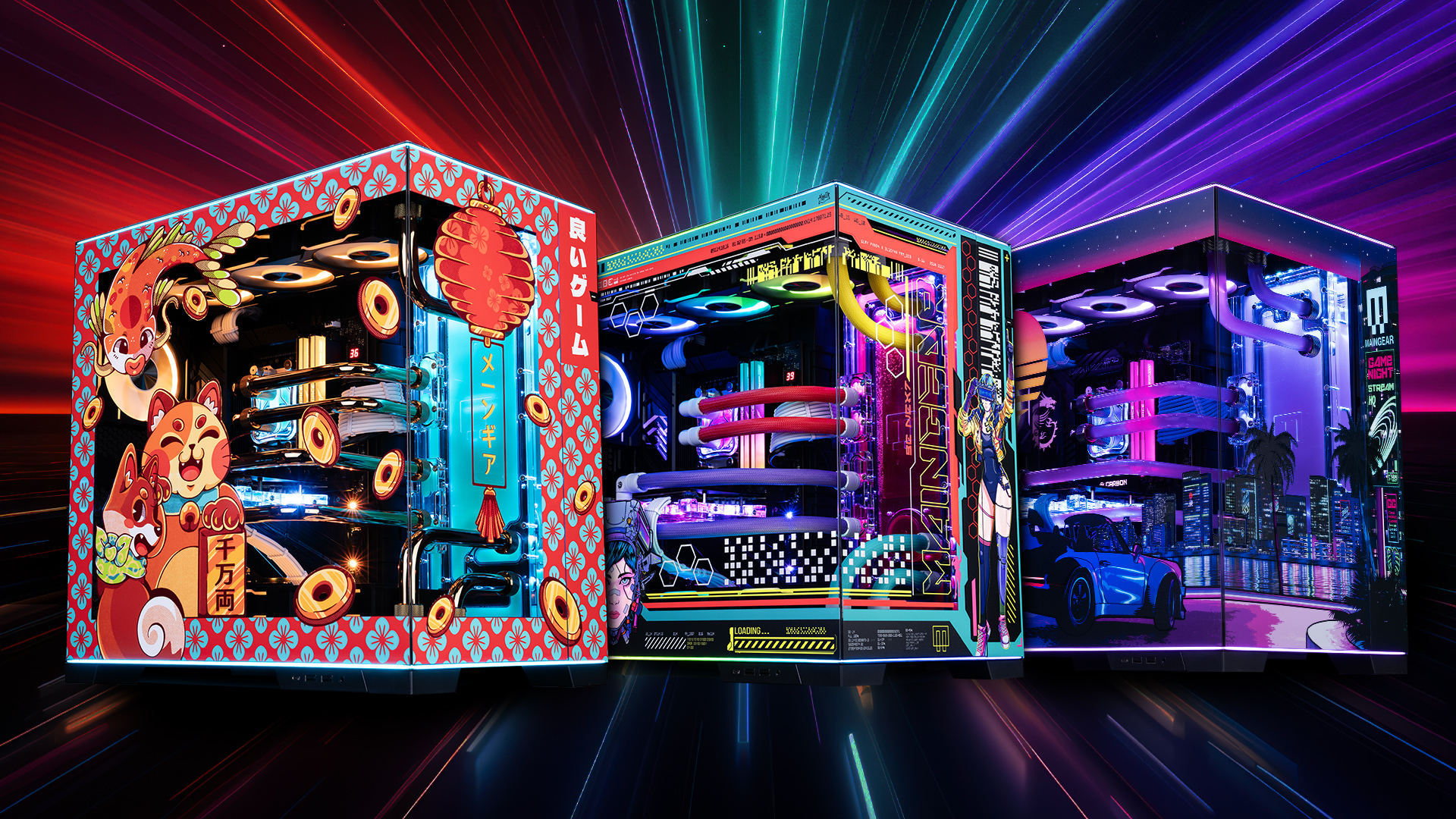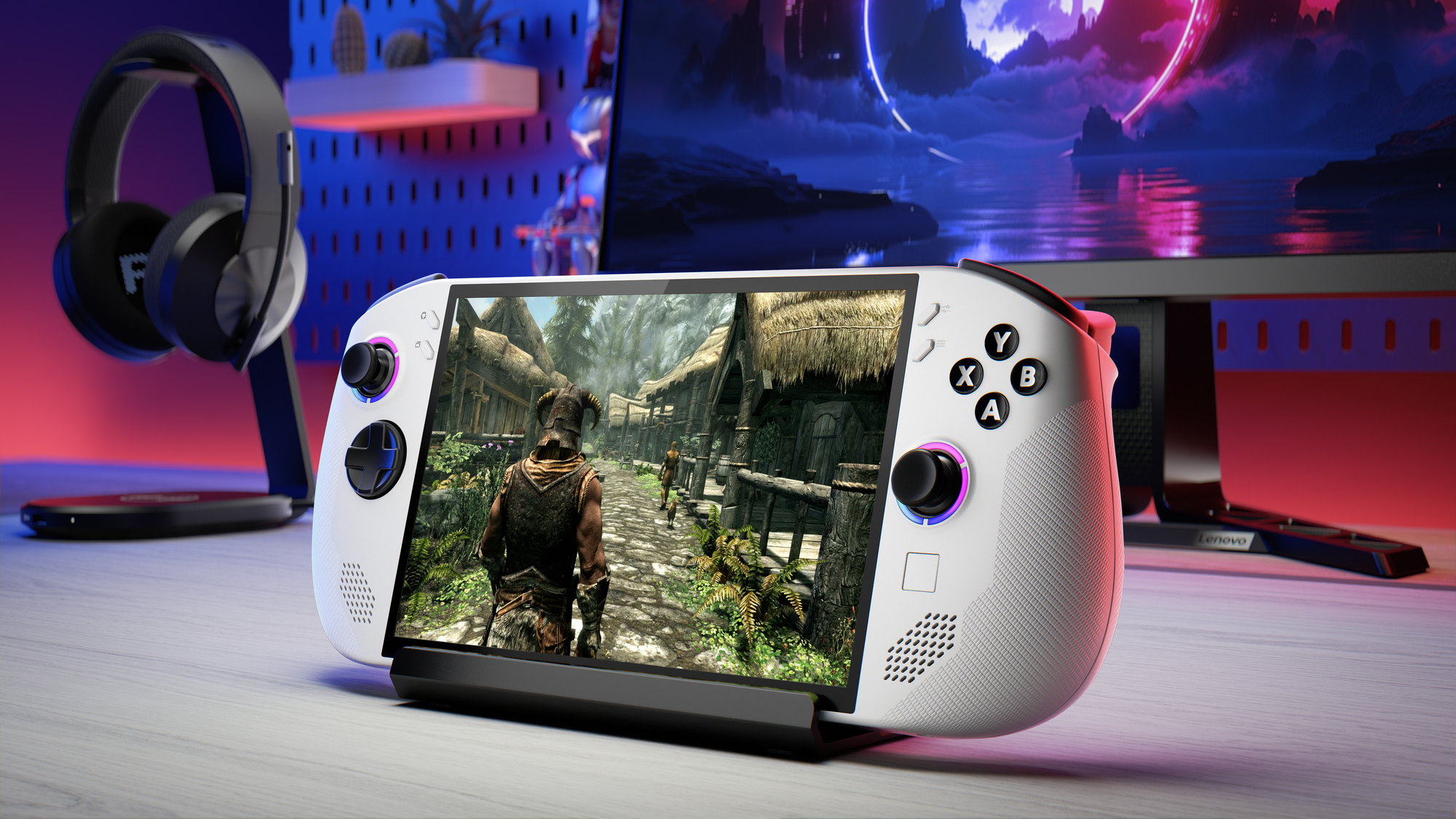WWW.FASTCOMPANY.COM
5 creative leaders on what they want to redesign in 2025
We talk about redesigns and rebrands (and refreshes) a lot herebut its easy to forget that its a bit of a small miracle that any of them made it across the finish line in the first place.Briefs. Pitches. Indecisive clients. Money (or lack thereof). And, of course, the design by committee factor that can permeate such projects.So! As we enter the blank slate of a new year, we once again wondered: What would some of todays creative leaders choose to redesign if they didnt have to deal with any of that? What would they choose to redesign, blue-sky style, if budget, time and practicality were no consideration, and they could tackle anything they wanted, from the macro to the micro in the world today?We hit up some of our favorites creatives to ask just thatand were once again surprised and delighted by their thoughtful picks.Redesigning societyWhen a brand needs a refresh, its usually because its gone stale. The world has moved on, but the brand? Not so much. And if the whole companys values are stuck in the past, well, you cant just put [lipstick] on a pig. Things are moving faster than ever, and keeping up isnt optional. So, as everything else evolves, what parts of society are dragging their feet and begging for a rebrand?First off, empathy. Not exactly humanitys strong suit these days. If we could work on that from an early age, the world might look a little less like a mess. Next up, masculinity. Weve got generations of emotionally stunted men who bottle everything up. Add a little extra testosterone, and youve a great recipe for aggression. A modern take on masculinity that values emotional expression? Not [bad].In our industry, AI and data could use a little humanizingtheyre about as warm and fuzzy as a spreadsheet. Advertising isnt faring much better: Its so polished and safe that its practically putting us to sleep. But lets leave industry woes aside and look at countries. The U.S. and Sweden? Both are having an identity crisis. Right-wing politics and fucked up values, they could both use a rebrand that brings things back to basics: a focus on shared ethics and values that actually mean something. Freddie st, Founder, SNASKUndesigning a lotInstead of redesigning something, I would un-design some things. Im not a luddite by any means, but with everyone debating the pros and cons of AI, Im just going to say: Not everything needs to be digital.For instance, the new washing machine in my house had a fancy-schmancy digital display. As soon as the warranty expired, it died. It was useless. But the 30-year-old one in the basement still works just fine. The same goes for cars with digital displays. Putting a giant screen in a car is not an improvement (or necessarily a good idea just because it looks cool)! Those cars will die way before the old ones with analog dashboards.Why do I care? Because when the zombie apocalypse comes (and the way last year went, it might not be far off), my family and I will escape the city by driving an old Volvo (or Dodge Dart) to our bunker in the basement. There we will live, with clean clothes from my old washer/dryer. I will keep time on my old M&Co. watch while some zombie is wearing the useless Apple Watch I threw away. We will listen to great music from my vinyl collection because all the music apps will be gone. (And it wont even be old music, because vinyl is back!) And every once in a while, Ill sneak out of my bunker to yell at the zombies: Get off my lawn!Emily Oberman, Partner, PentagramRethinking healthcareHumanizing the environments where people receive care is a big part of our work. Lighting, materials, sound, the flow and integration of technology and physical features within a spacethey all inform how a patient feels, and not just about the facility. It can influence their attitude toward a challenging prognosis or course of treatment.Its tempting to call these the front doors of the care experience, but that discounts a huge challenge people face before they ever set foot in a clinical environment: choosing health insurance.The way insurers convey details is cumbersome, if not borderline cruel. Lost amid the PPOs, HMOs, in-network deductibles and ridiculous, tiered levels of coverage is the fact that a health plan is one of the most consequential purchases of our lives. Theres no legitimate reason for the vocabulary to be so cryptic.Rather than confuse and obfuscate, what if this terminology helped reassure people that the protection theyre taking out for themselves and their families will benefit them? Lets start by ditching the cryptic abbreviations and instead favor language that conveys the patient benefit and anticipated experience of care. I can think of fewer design interventions that would be more welcome, or more immediately transformative. Matt Quinn, Managing Director, JourneyMaking it easier to make a career choiceI would love to redesign the broken system for exploring and finding ones ideal career path. Mentoring young people is a top priority for me, and it boggles my mind that even with the worlds knowledge at our fingertips, Gen Z seems as mystified about career options as I was at their age. Its not their fault; were just not prioritizing making it easier.Lack of knowledge about careers contributes to our lack of socioeconomic mobility, where the U.S. is ranked 27th in the world. And the problem is not just confined to young folks. Career trajectories are rarely a straight line. What we wanted in our 20s might not be for us in our 30s or 60s. Why is it so hard to find the right match for us?If design is the process of using creativity to solve problems, I would love to redesign the career-matching system with a technology platform that makes it easy and fun to explore the A to Z of work. I imagine it as a cross between a dating app and a career Wikipedia/Reddit. Thoughtfully designed quiz questions help create your profile, leading to introductions to career matches for your passions and aspirations. Learn intuitively. Swipe right to discover more. Swipe left if you are not interested.The depth of information would be crowdsourced and moderated to ensure you get the good, the bad, the ugly, and the unexpected from real people with real experience. Discover the different roles you can play within this profession. Get your questions answered through an AI LLM trained on all the career paths, with the ability to visualize connections from the subjects you studied to potential futures. Dig into the pros and cons for different ages and stages of life. Conjure up salary ranges tailored by location.The platform design would reward curiosity and exploration like Roblox, gamifying the learning experience to dial up the fun factor. Your career, after all, should be engaging and rewarding, and so should the experience of finding the right career choices for you.LinkedInwould you fund this project, please?Julia Beardwood, Founder, Beardwood&Co.Red LobsterWe had a blast rebranding Sizzler, but my new white whale is Red Lobster (Okay, I guess its my white lobster.)Chain restaurants are some of the most important businesses in America, employing nearly 16 million people and bringing in around $227 billion in revenue. We all know about Red Lobsters recent challenges and bankruptcy; regardless, theyre the undisputed GOAT in casual dining. However, for Red Lobster to make the greatest comeback in the history of the restaurant industry, as their new CEO Damola Adamolekun hopes, they need to remind people why they fell in love with them in the first place. Adamolekun is already championing that at a business level, but now they must put that magic back into their branding.Lucky for them, they have decades of heritage tucked away in their lobster pot (plus those iconic Cheddar Bay Biscuits, I mean, cmon). Red Lobster was modeled after old Maine seafood shacks before General Mills purchased them in the 70s, and they have a treasure trove of brand archives, but thats not what you see today. Like so many casual spots, its a sterile eating environment thats unappetizing and needs an injection of fun. Fortunately, they have all the right pieces and equity to create an ownable brand world. They need only look back at those branded assets from the past and give them an injection of modernity.I want to make Red Lobster all its cracked up to be and help reclaim its throne as a harbor for seafood lovers. After all, we need more third places in this country where all Americans can sit down with friends and family and break breador biscuits.Mike Perry, Founder and CCO, Tavern










